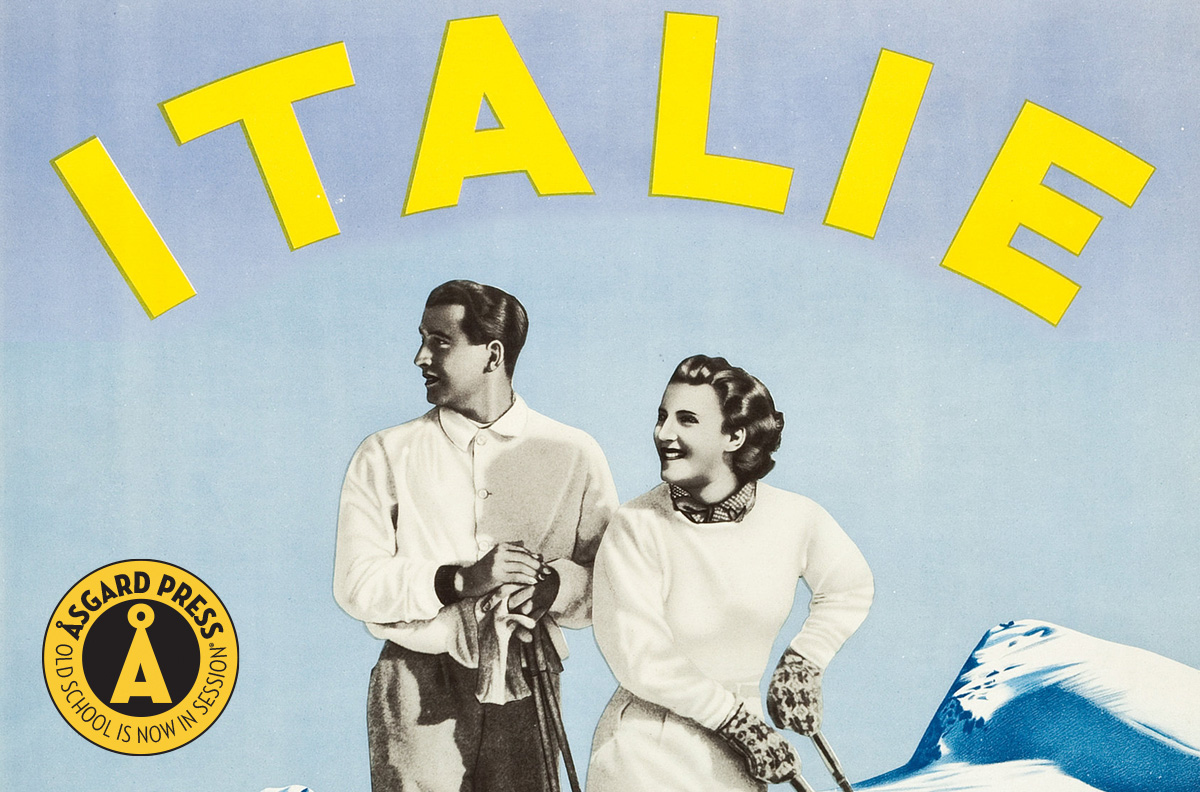6 Must-See Cities When You Travel to Italy
To see the world! It’s what everyone dreams of doing during their lifetime. Many people who have travel on their bucket list plan to visit the beautiful and richly historic country of Italy. Many parts of Italy are warm and balmy, but the northern part of the country also offers skiing and winter sports. Each region of Italy features unique historic and geographic attractions, with something to appeal to everyone. If you are planning to travel to Italy someday, here are six cities you won’t want to miss, along with vintage posters advertising the sights.
Rome
Rome is probably the first city travelers think of when exploring a visit to Italy. The capital city of the country, Rome is home to nearly 3 million people and is visited by over 8 million people each year. With humans occupying the land on which the metropolis now sits since long before recorded history, Rome is one of the oldest cities in Europe and is listed by UNESCO as a World Heritage Site. When visiting Rome, travelers should plan to tour the Forum, which was the center of public and religious life in ancient times, and the Colosseum, famous for ancient entertainment including gladiator fights and battle recreations. Tourists should not miss seeing St. Peter’s Square in Vatican City, featuring breathtaking architecture and artwork, including numerous statues and fountains. The Sistine Chapel, also located in Vatican City, showcases the famous and awe-inspiring Sistine Ceiling created by beloved Renaissance painter Michelangelo. And no trip to Rome would be complete without visits to Trevi Fountain and the Piazza Navona, spectacular examples of Baroque fountains and sculpture.
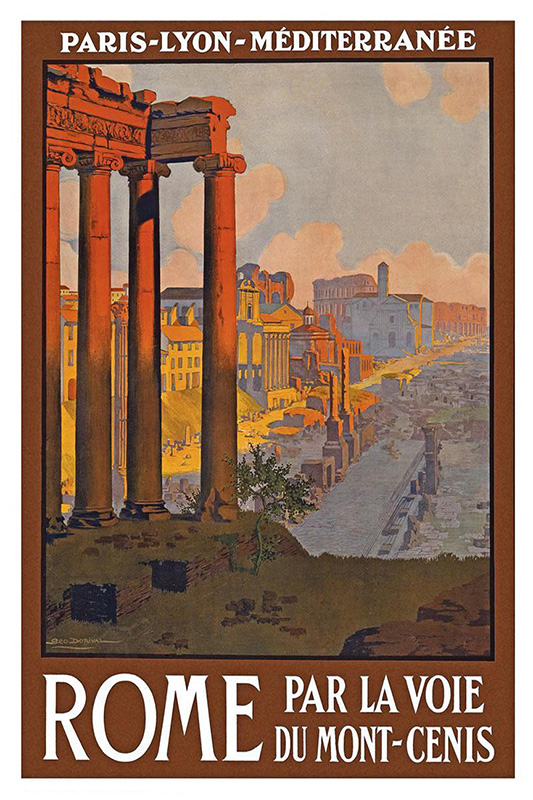
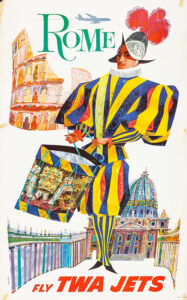
Venice
Venice, located in the northern region of Veneto, is not only a city of canals, but also of architecture, art, and culture. Originally built upon a network of 118 small islands, the city of Venice utilizes a system of canals and waterways for transportation rather than roads. One of the most popular attractions of the city is the Grand Canal, a large waterway winding from the Venetian Lagoon to the basin at San Marco. Along the banks of this canal sit rows of stunning buildings dating from the 13th to the 18th centuries, including masterpieces of Renaissance architecture. Piazza San Marco, the central square of Venice, is dominated by St. Mark’s Basilica, a cathedral remarkable for its mosaics and its mix of architectural styles and influences. Travelers should round out their visit to Venice with stops at the various art museums featuring works spanning the Renaissance period to the Modern, and some of the famous bridges, such as the Rialto Bridge and the Bridge of Sighs.
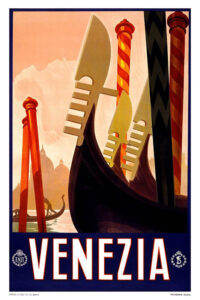
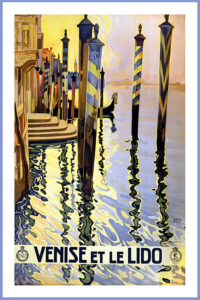
Siena
Siena, located in Italy’s Tuscany region, is a tourist-worthy medieval city surrounded by a 1,000-year-old wall. This pedestrian-dominated locale features remarkably well-preserved architecture and artwork from the Middle Ages, kept safe as the city lost political relevance after the 14th century. In addition to the art and buildings housed in Siena, sights to see include the Romanesque-Gothic Siena Cathedral, or Duomo, and the Piazza del Campo, the shell-shaped town square housing the palace called Palazzo Pubblico and the famous Torre del Mangia, one of the tallest towers built in medieval Italy. Travelers who visit Siena in early July or mid-August will also be able to witness the Palio di Siena, a popular horse race held twice a year during those times.
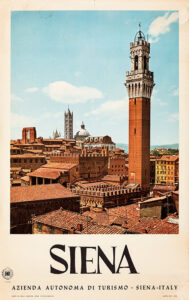
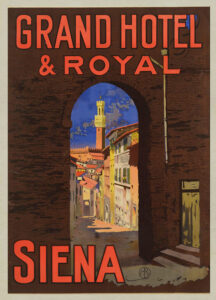
Milan
Milan is a thoroughly modern city, with strong footholds in the banking, entertainment, publishing, and fashion industries. Even so, there is still a strong historical background with many sights for travelers to visit. Possibly the most famous attraction in Milan is Leonardo da Vinci’s Last Supper, located in the Church of Santa Maria delle Grazie, but be sure to make a reservation ahead of time to see it. Milan Cathedral is the largest Gothic cathedral in the world, with a rooftop fully paved in marble which visitors can walk on. The world-class La Scala Opera House and Museum, the Brera Art Gallery featuring 13th-20th century Italian paintings, and Sforza Castle, home of an unfinished work by Michelangelo, all provide excellent sightseeing opportunities. And no visit would be complete without an afternoon spent on the Piazza del Duomo, the main square in Milan, where visitors can soak up the ambiance and culture of the city.
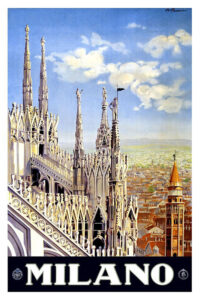
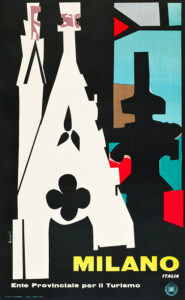
Florence
The city of Florence was the cradle of the Renaissance movement. In Florence, travelers can stroll the same streets and paths as Michelangelo and da Vinci once did, while seeing spectacular period architecture and art. Located in Central Italy, Florence is the capital of the Tuscany region. In Florence, visitors can see the incredible statue of David by Michelangelo and view the world’s greatest collection of Italian paintings at the Uffizi Gallery, including Botticelli’s Birth of Venus. The Duomo, or cathedral, features a Gothic exterior and the first modern dome built since ancient times, the top of which provides stunning views of the city. The Ponte Vecchio bridge is famous for its gold and silver shops, while the history and influence of Florence’s most famous family, the Medici, are on display at Palazzo Vecchio and Medici Chapels, complete with tombs carved by Michelangelo. Many more museums and churches line the streets of Florence for visitors to explore.
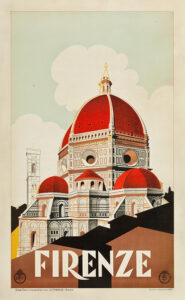
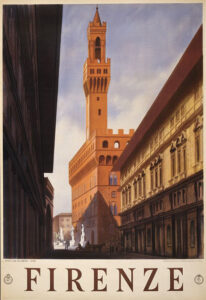
Verona
Verona is Italy’s fourth most visited city and is famous as the setting for Shakespeare’s Romeo and Juliet. Known for its romance, Verona is also home to the House of Juliet, once the abode of the Cappello family, complete with balcony and bronze statue of Juliet herself. Aside from its fictional history, Verona is a veritable treasure trove of Roman ruins. The ancient amphitheater is still clad in most of its original stone, and still hosts Verona’s summer opera festival due to the amphitheater’s fantastic acoustics. Walking through the Roman section of Verona will reveal all sorts of ancient artifacts, architectural features, and remnants of the past, scattered among modern shops and displays. Visitors who would like to mingle with locals can spend an evening at the Piazza Erbe, where young residents enjoy the nightlife along with the food and drink. As the home of romance, Verona is all about making connections.
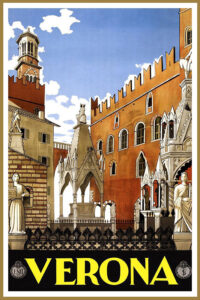
Italy is a warm and inviting county, rich with history and culture. Artwork and architecture abound in Italy’s thriving cities, where visitors can immerse themselves in another place and time. If travel to Italy is on your bucket list, be sure to make reservations because these sights are some of the most famous and popular in the world.
If you would like to see more vintage travel posters from destinations all over the world, check out our 2024 Vintage Travel Calendar, featuring 13 art-quality prints of carefully restored travel poster art. Each image easily detaches from the calendar and will fit into a standard sized 11”x14” picture frame. Decorate your walls year-round with beautiful views!

